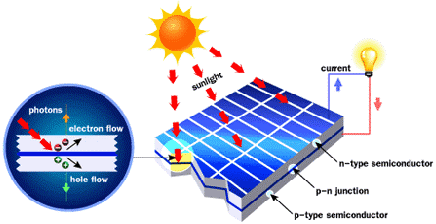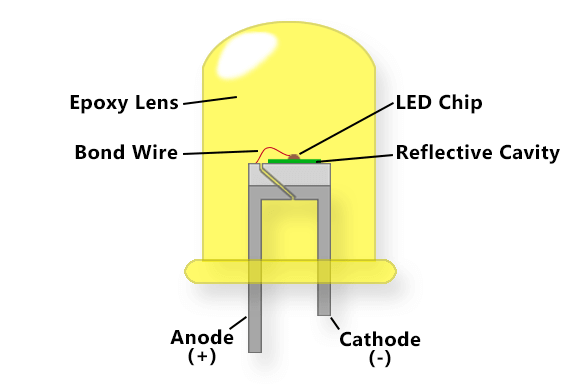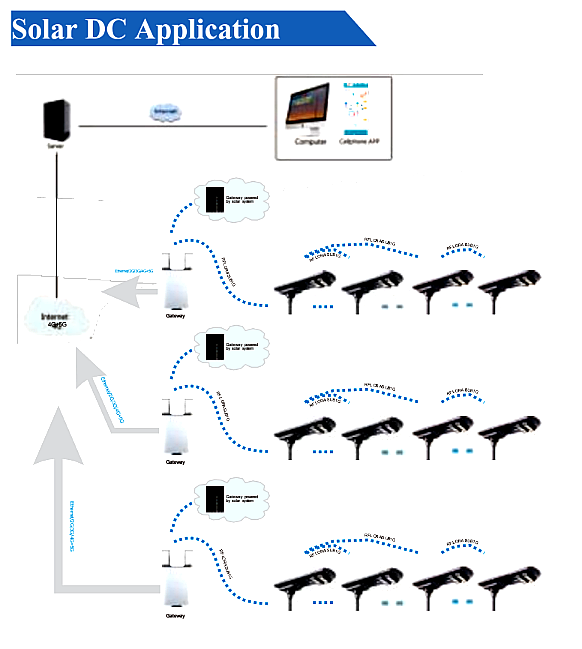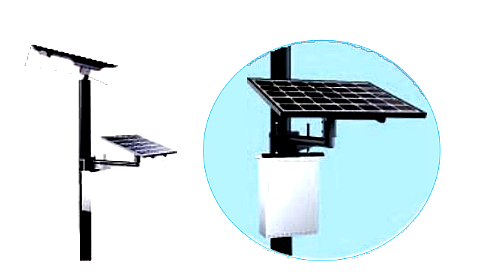SolarPath technology addresses the ongoing confusion about how artificial lighting impacts human vision in darkness. Traditional lighting measurements focus only on lumen output, neglecting color temperature, which significantly affects visibility and perception.
(learn more about color temp here)
Researchers at UC Berkeley are developing a “cross-over chart” to compare different light spectrums and their effects on human vision. Full-spectrum white light enhances visibility better than monochromatic sources like HPS or LPS lamps, even if they have the same lumen output. The key factor in lighting effectiveness is not just the light generated at the source but how much reflected light reaches the eye.
Color temperature, measured in Kelvin, plays a crucial role in vision. Natural sunlight at noon (5,250K) provides optimal visibility, while lower color temperatures at sunrise or sunset (1,000-2,000K) reduce detail perception. Artificial lights engineered to mimic sunlight improve visual clarity, even if they produce fewer lumens than traditional streetlights like HPS (2,200K) or SOX (1,700K).
Excessive lumen output can also cause glare, reducing visual acuity by forcing the eye to contract. This is a major issue in current street lighting, where high-lumen, low-temperature sources impair visibility rather than improve it.
Lighting engineers still rely on outdated lumen-based measurements without considering color temperature.Until a standardized system incorporating color temperature is developed, lighting applications will continue to be designed inefficiently – but our technology already applies these principles to deliver better visibility at night.




